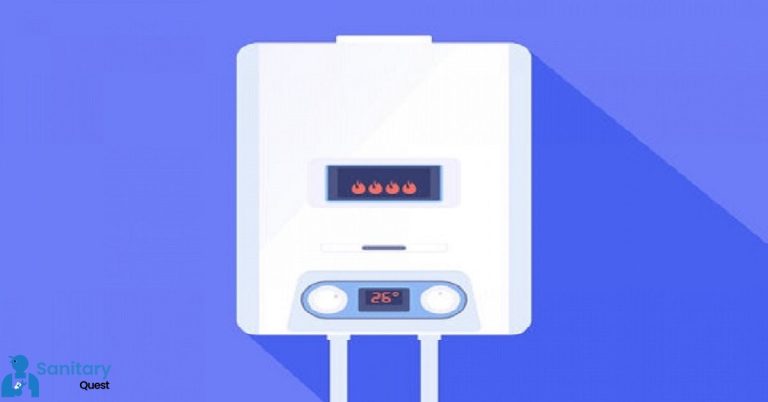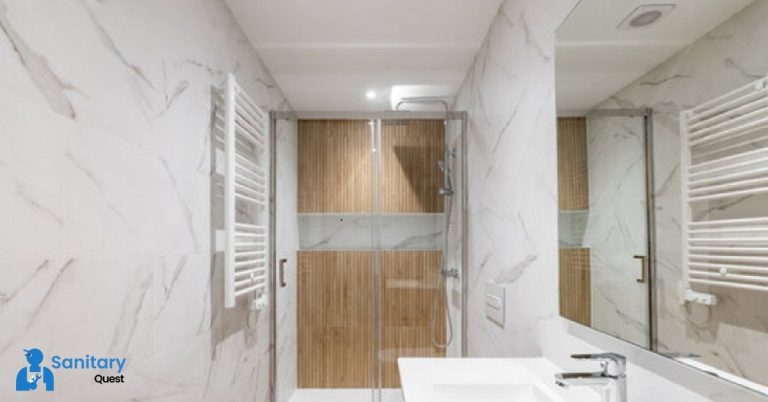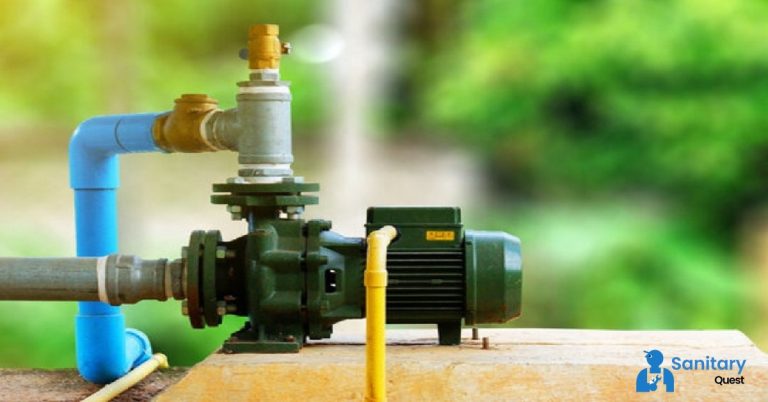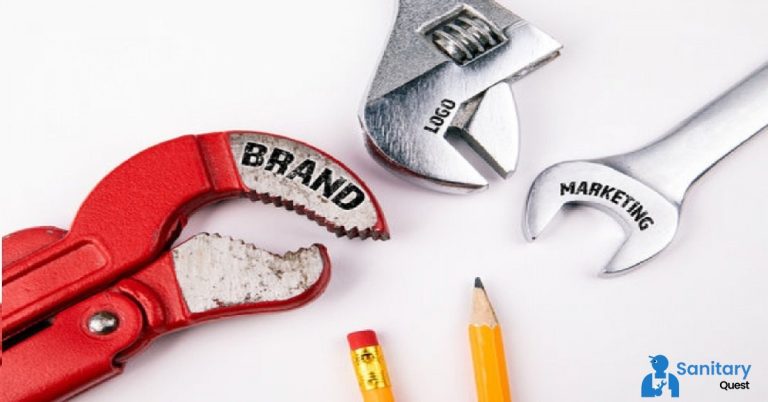Reduce Your Water Bill – Replace Your Toilet Flapper
Do you ever feel like you’re just flushing your hard-earned cash down the toilet when you pay your monthly water bill? It’s possible that you’re doing that precise thing at this very moment. A leaking toilet is the most common cause of higher water costs, which may come as a surprise to some. In fact, a broken toilet might waste as much as a gallon of water every day. If you do the math, that comes out to more than 30 gallons of wasted water every month, which is equal to 360 gallons a year. What a waste of water! What is the most common culprit when it comes to waterless commodes? “Toilet flapper” refers to a mechanism that appears like a small plug and is used to open and close the toilet seat.
What Is a Toilet Flapper?
Now, let’s get this straight: what precisely is a toilet flapper? It resembles a plug and is made of rubber; it is positioned at the bottom of the toilet tank, and a chain connects it to the lever that controls the tank. The toilet flapper is responsible for helping to keep the water level in the tank steady and for ensuring that there is enough water in the tank to flush the toilet when it is necessary. Even though it’s not a particularly complex mechanism, the flapper is a crucial component in ensuring that your toilet continues to function in an effective and appropriate manner.
How Does a Toilet Flapper Work?
If you have ever been forced to physically flush your toilet, you have witnessed firsthand how uncomplicated its internal mechanisms really are. When you flush the toilet, the lever on the side of the tank pulls a chain, which in turn lifts the flapper and allows water to drain from the tank. As soon as the water is removed from the tank, the float ball will begin to fall, which will cause a fill valve to open, which will then cause fresh water to be added to the tank. If the flapper is worn down, frayed, broken, or faulty in any way, this straightforward operation will be disrupted. Do you see where this is going? If the flapper doesn’t make a proper seal, water will continue to seep out of the tank, which will cause the float ball to lower, which will activate the fill valve… If the flapper on your toilet is broken, the tank will keep emptying and filling up all the time. This continuous filling and refilling of the tank over the course of several days or weeks can result in a significant amount of wasted water, as well as lost financial resources.
Toilet Flapper Sizes
There is a smaller range of options available for toilet flappers, despite the fact that toilets can be found in a number of distinct forms and dimensions. However, if you want to save money and water, you really must check that the flapper on your toilet is the appropriate size. This is especially important if you live in a dry climate. The good news is that determining the appropriate size flapper for your toilet shouldn’t be too difficult. There are normally two distinct sizes of flappers available, two inches and three inches. The standard flapper size for toilets is two inches; however, the standard flapper size for contemporary toilets (those manufactured after 2005) is three inches. Examining the diameter of the drain aperture in the flush valve at the base of the tank is one method for determining the ideal size of the flapper that should be installed in your toilet. The aperture that connects the tank of your toilet to the plumbing in your home is called the flush valve drain. If the opening for the flush drain looks to be around the size of a baseball or an orange, then you will most likely need a flapper that is two inches long. If the aperture is more comparable in size to a softball or a grapefruit, then you will need a flapper that is three inches in size.
When to Replace Your Flapper
Most homeowners wait until a toilet is leaking, won’t flush, or is making an annoying hissing noise before attempting any form of repair. However, with diligent upkeep, you might be able to reduce your monthly water bills. It may be possible to tell if the flapper needs replacing simply by listening to and studying your toilet. Close the lid of the tank and look at the flapper for wear and damage if you hear water filling the tank even though you haven’t flushed the toilet in a while. Make sure the chain doesn’t get caught on anything and prevent the toilet from flushing properly. Proceed if the flapper seems to be in good condition. On the other hand, a new flapper is required if the old one is broken or isn’t doing its job properly by covering the drain valve opening entirely. Although the flapper is made out of rubber and is designed to function correctly in water, it is crucial to remember that prolonged submersion will cause it to become deformed and ragged along its perimeters. This is why it’s recommended to change your toilet flapper every two years or so.
The Flapper Pros
Even though we use our toilets on a daily basis, we rarely stop to consider the components that are necessary for their proper operation. Simply said, when we require them, we anticipate that they will function as expected and without fail. You should be able to take the required actions to solve the issue now that you have gained expertise in flappers and have a better understanding of some of the likely causes of the increase in your water bill. It is not a difficult task to replace the flapper in your toilet; nevertheless, if it is not done correctly, it could result in more water waste as well as higher monthly water bills. Get in touch with the plumbing experts at your neighborhood sanitary quest if you have a flapper that needs to be replaced but you are unsure how to get started with the process. We can solve the problem you’re having with the flapper, in addition to providing a wide range of other plumbing maintenance and repair services, because we have the expertise and experience necessary.
FAQs
Q1: Can a leaky toilet flapper cause a high water bill?
Absolutely, a leaky toilet flapper can significantly contribute to a higher water bill. Even a small, continuous leak can waste a substantial amount of water over time. This constant trickle caused by a faulty flapper can result in a considerable increase in water consumption, reflecting a spike in your water bill.
Q2: How can I cut down on water usage in my toilet?
To reduce water usage in your toilet, consider a few strategies. One approach is to install a low-flow toilet or retrofit your current one with a water-saving kit. These modifications can significantly decrease the amount of water used with each flush. Additionally, regularly check for and fix any leaks in the toilet tank, especially with the flapper or valve. Being mindful of not using the toilet as a wastebasket can also help limit unnecessary flushes.
Q3: Can you only swap the flapper in a toilet?
Yes, you can replace just the flapper in a toilet. It’s a common repair and often resolves issues like constant running or leaking caused by a worn-out or faulty flapper. Replacing the flapper is a straightforward and cost-effective solution, typically requiring only basic tools and a new flapper component available at most hardware or plumbing supply stores.
Q4: How does a water-conserving flapper work?
A water-conserving flapper works by controlling the release of water during a flush. It’s designed to ensure that only the necessary amount of water is released from the tank to effectively flush the toilet. Unlike traditional flappers, which might allow more water to pass through, water-saving flappers are engineered to limit the flow, reducing the volume of water used for each flush.







